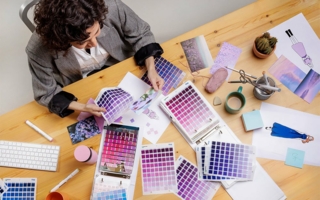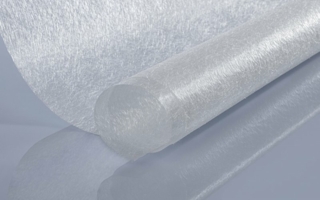06/03/2017 – Index 2017 — auf Deutsch lesen
First-hand knowledge of the latest developments
The show will feature over 650 exhibitors and 12,500 visitors, providing a unique opportunity for suppliers and clients from over 100 countries to meet and learn.
Visitors and exhibitors will have the opportunity to gain first-hand knowledge of the latest developments in nonwovens and their innovative applications through discussions and tutorials. Exhibitors will showcase the remarkable functional qualities of these versatile materials, with leading industry speakers at dedicated seminars sharing the latest trends and case studies.
A rich four-day programme will feature, amongst others, a seminar programme highlighting target sectors of application for nonwovens, including Transportation, Medical and Healthcare, Geotextiles and Filtration, the latter in the form of the Filtrex conference, taking place in parallel with Index 2017 for the first time.
Each of the four sector-specific sessions will be opened by keynote speeches, which will be freely accessible to all Index 2017 visitors. These will discuss the ‘Big Picture’ environment and identify the key challenges that will shape the future of each particular field.
The Med Tech sector
The nonwovens industry is driving innovation in the medical and healthcare industry (the Med Tech sector), delivering cost-effective solutions and responding to the growing concern of hospital-acquired and surgical infections, while also meeting the Med Tech sector’s constant search for new technologies to better handle complex surgical procedures.
Indeed, nonwovens are being engineered to have increasingly absorptive, liquid-repellent and virus and bacterial barrier properties, amongst others. These properties are integrated into medical products such as wound dressings, surgical masks, gowns, drapes and implantable surgical fabrics.
Reducing infection and improving treatment
Nonwovens present numerous advantages in surgical procedures, primarily as single-use gowns and drapes and, to a lesser extent, for cell integration and tissue regeneration. Developed economies have now widely replaced cotton/linen medical fabrics with single-use ones, and this is increasingly becoming the case in developing countries. This shift is being made slowly but steadily, a noteworthy development in the healthcare sector, given that single-use fabrics used in items such as surgical gowns and drapes considerably reduce the risk of infection.
Nonwovens are also used, albeit to a lesser extent, in tissue scaffolds, providing a greater surface area than most other biomedical textiles, which bring specific benefits to implantable devices. More specifically, nonwovens are able to promote cellular growth through specific spacing, layer thickness and material integrity which allows for customised performance and controlled absorption profiles. 3D tissue scaffolds are even being used for biological engineering.
Home care boom
The boom in the home care sector is another trend shaping this sector. With an aging population and an increased burden from chronic illness causing an explosion in health expenditures, hospitals are looking for options to not only save costs on admitted patients, but to also provide professional levels of care in a home-setting for those individuals who don’t need full time nursing care or supervision. This has led to increased in-home care, with affordable nonwoven wound and other products now available in retail stores. In this regard, aesthetics and convenience have become essential in home care products. Patients and healthcare professionals are looking for an improved care experience through easy and ready-to-use products.




